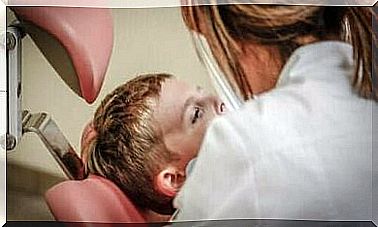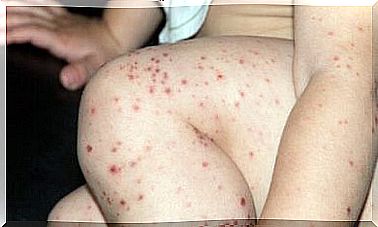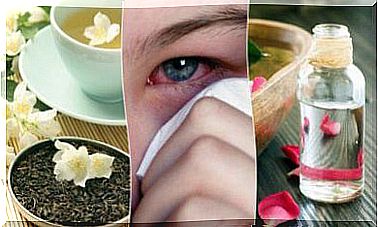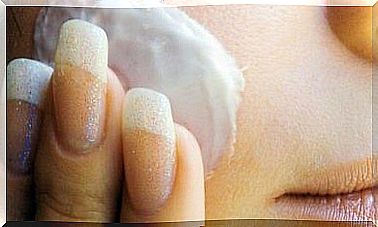Retinoblastoma: Symptoms, Causes And Treatment
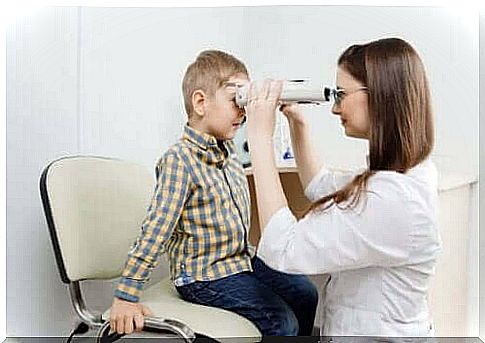
Retinoblastoma is a disease that affects the eye, and it usually occurs at a young age. In fact, it is the most common type of eye cancer in childhood.
It currently represents 3% of all cancers in children, with an incidence of 1 case per 15,000-18,000 births. These numbers mean that there are about 5,000 new cases worldwide each year.
On average, the diagnosis is made when the child is around 18 months old. In addition , almost 90% of all cases are detected during the first 5 years of life, and it affects girls and boys equally.
Although the origin is well known, the survival rate is between 86-92% worldwide and 70% in developing countries. What are the symptoms ? What treatments are available? We will give you the answers below.
Causes of retinoblastoma
Retinoblastoma is an oncological disease associated with the mutation of a gene. In fact, it is called the Rb gene. When we talk about this gene we are talking about the mutation of chromosome 13.
For example, a function of chromosome 13 is the suppression of complex mechanisms in the retinal cellular system, through the RB1 gene. If both loci of the gene in chromosome 13 are affected, it will cause retinoblastoma.
There is a family history of the disease in less than 10% of cases. However, about 30-40% of cases are hereditary.
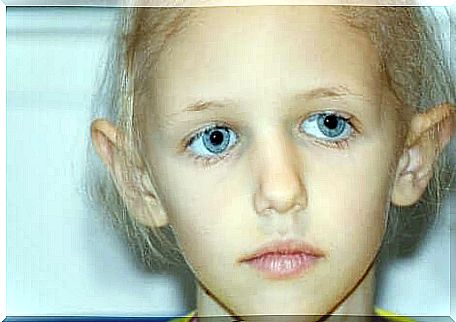
Symptoms
Leukocori is the most common symptom, and it is often the first to occur. Leukocori is the appearance of a white reflex to illuminate the retina. This is due to a tumor that blocks the red reflex in the retina.
Other signs of retinoblastoma are:
- Mysing
- Impaired vision
- Red eyes
- Eye pain
- Exophthalmos
Diagnosis
Although ophthalmologists usually diagnose this condition, there are some other tests as well. Some of these can be:
- DNA analysis. Usually, these tests find and document hereditary variables of this disease, both in the family and the child.
- Sonography of the eye
- Tomography
- MR scan
Each of these tests will help your doctor distinguish between this disease and false retinoblastoma. In fact, this is a group of tumors that simulate the symptoms and characteristics of this disease, and people often have difficulty distinguishing between them.
Treatment of retinoblastoma
Treatment of retinoblastoma aims to achieve three main goals:
- To save the life of the child who suffers from it
- To protect the affected eyeball
- To achieve optimal vision
In most cases, the treatment is individualized for each patient. They also take into account the complexity of the situation. The most common treatments for retinoblastoma are:
External radiation therapy
In this type of treatment, the doctor usually checks the tumor locally, and it usually does not have lasting effects on the retina. However, the mortality rate from this treatment is relatively high. It can also cause the bones in the face to stop growing.
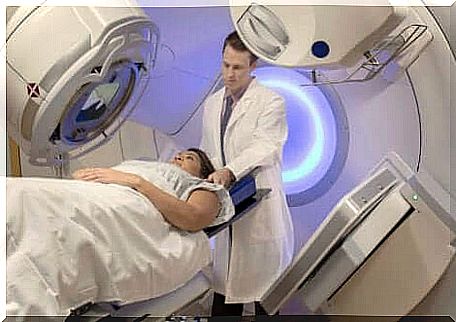
Radioactive isotopes
During this treatment, the doctor places radioactive plates on the eye. This type of treatment helps to minimize the exposure of healthy tissue to radiation. However, they can only use this for specific parts of the tumor.
Chemotherapy
This treatment is usually reserved for the most complicated and advanced cases of retinoblastoma. Your doctor may also combine it with radiation therapy to make the tumor smaller.
Some recent thoughts on retinoblastoma
Retinoblastoma is an oncological disease that mainly affects children under 5 years of age. This is due to a genetic mutation, which occurs in about 30% of cases. The most common symptom is leukocori, which is when you see a white reflection when the retina is exposed to light.
Finally, there are different treatments, each of which has different advantages and disadvantages. All treatments help to preserve life, the eye and sight.




